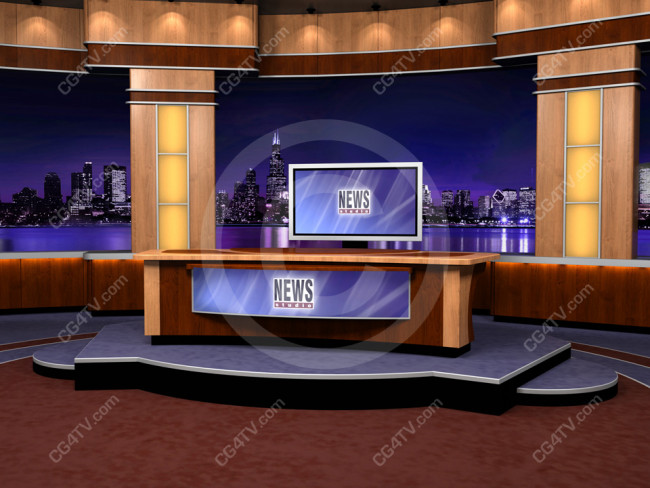

Master of Science and undergraduate students do the reporting, providing them with an opportunity to learn in a real-world setting. Its work is available at no cost to local, regional and national news outlets, and it seeks to supplement their reporting at a time when many are losing newsroom staff. The center conducts multimedia investigative reporting on issues of importance to Indiana residents, including matters that reach beyond the state’s borders. Arnolt Center for Investigative Journalism teaches and produces high-quality investigative journalism for the state of Indiana and beyond. Smaller displays circle the room for group breakout sessions. Mosaic classroom Room 114 is anchored by a 20-foot-wide, multi-touch display that encourages collaboration on visual projects. It contains tools such as a green screen, which allows reporters to do standups in front of virtual backgrounds RoscoVIEW polarizing filter technology, which allows the Old Crescent to be used as a backdrop a talk show set and a performance set for musicians and other entertainers.
Newsroom green screen software for mac plus#
The studio also has a camera on a jib, plus the ability to connect three additional cameras in the adjacent commons space or in classroom 312. The Beckley Studio is equipped with four robotic cameras. An IU alumnus designed the set using reclaimed lumber and recycled materials. IU Student Television also calls the studio home. Beckley Studio Students in broadcast journalism and production classes gain hands-on experience with industry-standard equipment in the Ken and Audrey Beckley Studio. Broadcasting to the world is easy via Facebook Live.

The control room and studio complex is connected via fiber optics to the Radio-TV Building and the Mark Cuban Center for Sports Media and Technology at Assembly Hall. Ed Spray Control Room Programs shot in the Beckley Studio are produced via the adjacent Ed Spray Control Room, which has six server channels of video playback/record and a NewTek TalkShow system for live interviews via Skype. Our inventory includes Canon T5i DSLR, Canon 80D and Sony HXR-NX3 cameras lavalier and shotgun microphones and an array of digital audio recorders and microphones. Equipment checkout Media School students have access to industry-standard technology. IU Student Media also publishes the Arbutus yearbook.

Students cover campus and community news, arts, sports and more, and they can get involved as early as their freshman year. Founded in 1867, the newspaper is entirely student-run. Indiana Daily Student The Indiana Daily Student is IU's award-winning student newspaper. By tradition, editors-in-chief sign the desk drawer after successfully completing their semester. Ernie Pyle's desk The IDS newsroom displays the desk of Ernie Pyle, the renowned World War II columnist and summer 1922 IDS editor-in-chief. The commons contains a photo gray skylight, made of electrochromic glass, which adjusts the brightness of the room to account for the amount of sunlight outside. At only 4 inches thick, it weighs 3,600 pounds. Its centerpiece is a 24- by 12-foot screen that displays multiple sources of content simultaneously. Commons The Franklin Hall commons is the The Media School's living room - a place for gathering, collaborating and just hanging out, as well as hosting special events. We enter Franklin Hall on the ground floor. Once clay was placed over the model, now 110 percent of life-size, it was cast in bronze. Sculptor Tuck Langland first created the sculpture as a 20-inch clay model, which was laser-scanned and produced to scale. Ernie Pyle statue President Michael McRobbie commissioned this bronze statue of the Pulitzer Prize-winning World War II correspondent Ernie Pyle, an IU alumnus. In 2016, $21 million in renovations were completed, and The Media School made Franklin Hall its permanent home. In 1972, the building was converted into the home of student services at IU, housing the offices of the registrar, bursar and financial aid.

A fire destroyed much of the building in 1969, around the same time that the Wells Library was being built. It was built at the request of William Lowe Bryan, the university’s then-president, and cost $137,000 (approximately $3.4 million today). Franklin Hall Built in 1907, Franklin Hall began its life as the campus’ main library. We begin outside the main entrance of Franklin Hall. Film, Television and Digital Production.


 0 kommentar(er)
0 kommentar(er)
